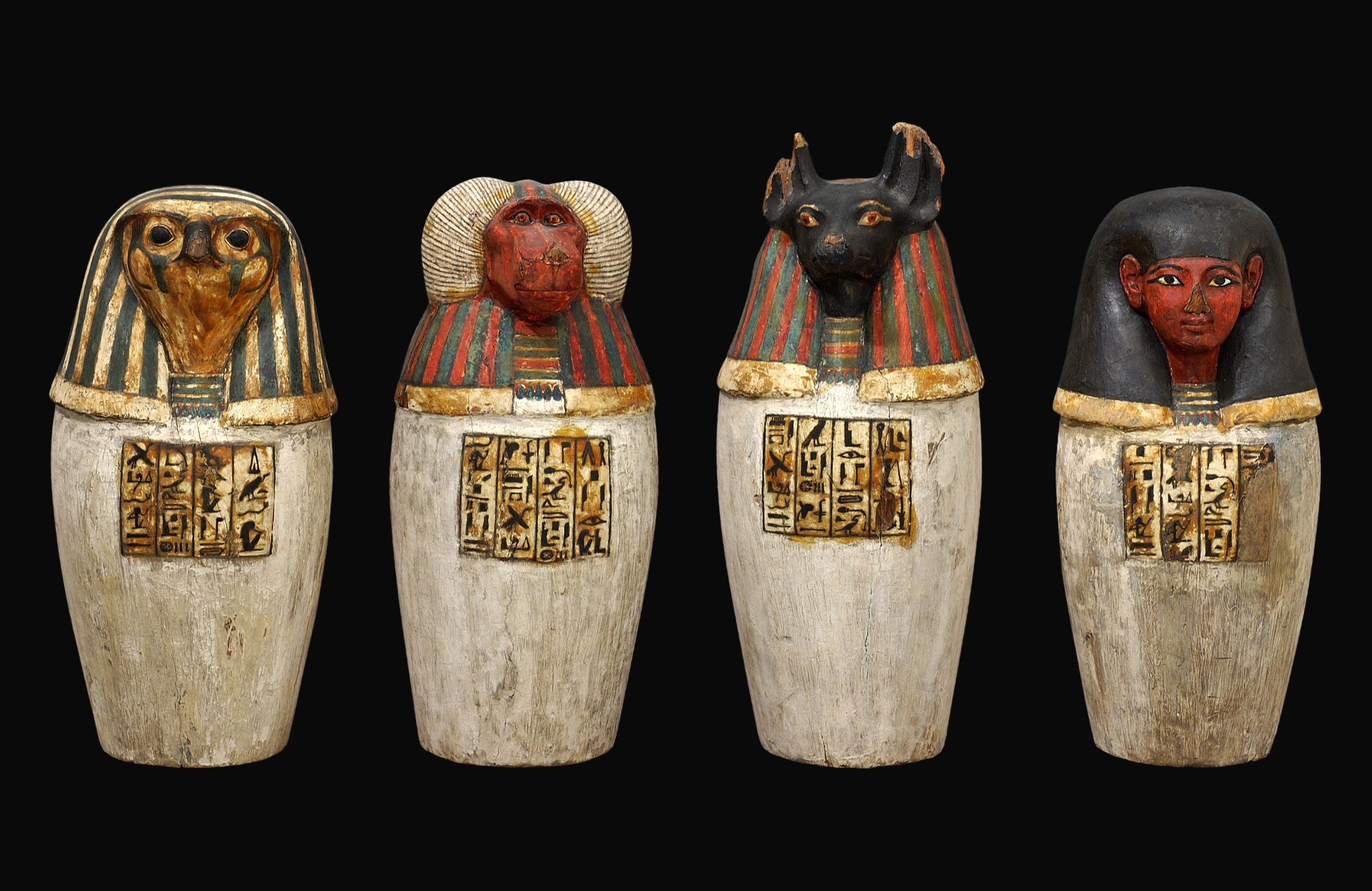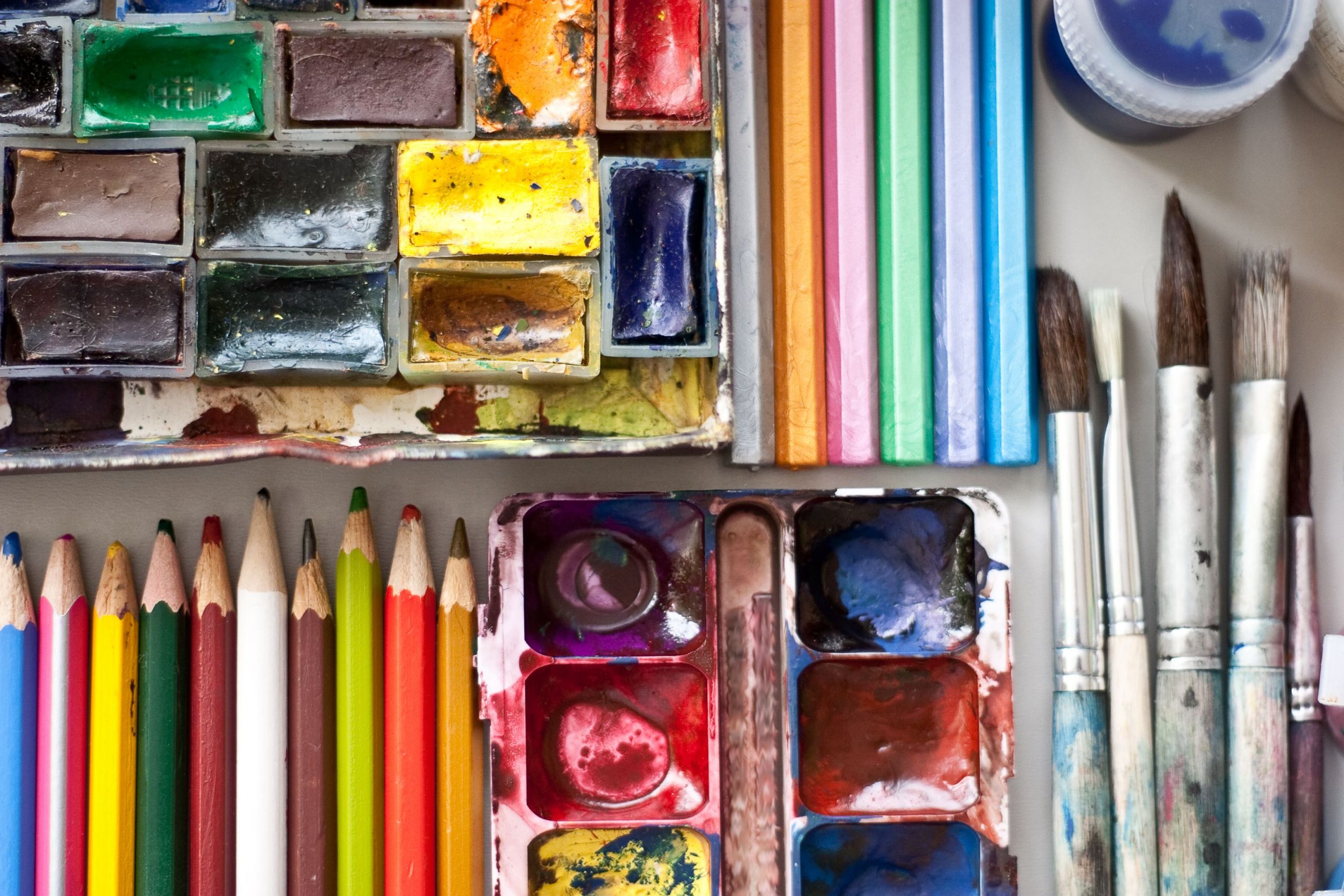Understanding Artifact Dreams
Defining Artifacts in Dreams
An artifact dream refers to a type of lucid or semi-lucid dream where the dreamer encounters objects, structures, or symbols that do not exist in the real world but hold significant meaning and power within the dreamscape.
In dreams, artifacts can manifest as ancient relics, mysterious devices, cryptic texts, or any other item that sparks the dreamer’s curiosity and intrigue.
Artifacts are often associated with the collective unconscious, a concept introduced by Carl Jung to describe the shared reservoir of archetypes common to all humans.
The presence of artifacts in dreams can represent an attempt to tap into this collective unconscious, symbolizing a desire for connection with something greater than oneself or a longing to understand forgotten knowledge.
When interpreting artifact dreams, it’s essential to consider their symbolic meaning and how they relate to the dreamer’s waking life.
Artifacts can serve as messengers from the subconscious mind, carrying hidden messages about unresolved emotions, unexplored desires, or unresolved conflicts.
In many cases, artifacts represent aspects of the self that need attention and integration.
The significance of an artifact in a dream depends on various factors, including its appearance, context, and how it interacts with other elements within the dreamscape.
A more straightforward approach is to consider the following:
- What does the artifact look like? Are there any specific features or textures that stand out?
- Where is the artifact located in the dream world? Is it hidden, or is it prominently displayed?
- How does the artifact interact with other objects or individuals within the dreamscape?
- What emotions do you experience when encountering the artifact? Do you feel a sense of excitement, curiosity, or fear?
- How does the presence of the artifact affect your actions and decisions within the dream world?
By answering these questions and reflecting on your personal associations with artifacts, you can gain a deeper understanding of their symbolism in your dreams.
In doing so, you may uncover hidden insights about yourself and the underlying dynamics driving your thoughts, emotions, and behaviors.
The interpretation of artifact dreams requires patience, self-awareness, and a willingness to engage with your subconscious mind.
By exploring these mysterious objects and symbols, you can unlock new perspectives on your life and the world around you.
Significance of Artifacts in Dreams: A Psychological Perspective
Artifact dreams are a type of recurring dream that involves objects or items from the past, often with no apparent connection to current events or experiences. These dreams can be puzzling and intriguing, leaving individuals wondering about their significance and what they might symbolize.
From a psychological perspective, artifact dreams can be seen as a manifestation of our subconscious mind processing and integrating various aspects of our lives, including memories, emotions, and experiences. Artifacts in dreams often represent elements of ourselves that we may have forgotten, suppressed, or are struggling to come to terms with.
The significance of artifacts in dreams can vary depending on their nature, appearance, and context within the dream. For instance, ancient artifacts might symbolize wisdom, tradition, or heritage, while modern artifacts could represent innovation, technology, or cultural changes. In some cases, artifacts may even serve as a metaphor for emotions, desires, or unresolved issues.
One possible interpretation of artifact dreams is that they are an attempt by our subconscious to bring buried memories or emotions to the surface. This can be seen in dreams where artifacts are discovered, excavated, or unearthed, symbolizing a process of uncovering and confronting repressed thoughts or feelings.
Another perspective suggests that artifacts in dreams may represent aspects of ourselves that we need to reclaim or reconnect with. For example, if someone dreams about an artifact from their childhood, it could indicate a desire to revisit and reexperience fond memories or to recapture a sense of innocence and wonder.
The role of personal associations and emotions in interpreting artifact dreams is also crucial. The meaning of artifacts can vary depending on how they are perceived, felt, and related to by the dreamer. For instance, if an artifact is seen as beautiful, it may symbolize something positive or desirable, whereas a broken or decaying artifact might represent loss, decay, or stagnation.
Considering these different perspectives, interpreting artifact dreams requires careful examination of personal associations, emotions, and experiences. It also involves recognizing the symbolic language of the subconscious mind, which often uses artifacts as a way to convey complex themes, emotions, and ideas in a condensed and coded manner.
In conclusion, understanding the significance of artifacts in dreams offers a rich opportunity for self-discovery and insight into our inner workings. By exploring these mysterious and intriguing dreamscapes, we may uncover hidden patterns, desires, and motivations that can help us grow, heal, and evolve as individuals.
Common Themes and Symbols Associated with Artifacts
Lost or Forgotten Artifacts: Symbolism and Interpretation
The interpretation of artifacts in dreams can be a fascinating and complex topic, with various symbols and themes emerging across different cultures and personal experiences. An artifact, by definition, refers to an object made or used by humans in the past, often imbued with symbolic meaning or cultural significance. When appearing in dreams, artifacts can convey a range of messages and emotions, influenced by their association with forgotten knowledge, lost civilizations, or repressed memories.
One common theme associated with artifacts is nostalgia and reminiscence. This could manifest through the appearance of relics from past eras, such as ancient coins, jewelry, or tools. These objects may serve as reminders of happier times or significant events in one’s personal history, inviting the dreamer to reflect on their own heritage and the stories that shape their identity.
Furthermore, lost or forgotten artifacts can symbolize the subconscious mind’s attempt to access and process repressed thoughts, memories, or emotions. These objects might represent long-forgotten skills, knowledge, or experiences that still hold significance for the dreamer, but have been buried beneath the surface of their conscious awareness. The appearance of such artifacts in a dream may indicate the need to revisit past traumas, explore forgotten parts of oneself, or reconnect with aspects of one’s personality.
The symbolism associated with artifacts can also be linked to the concept of ‘lost knowledge’ or ‘esoteric wisdom.’ This theme suggests that certain objects possess secrets or insights that have been lost over time, awaiting rediscovery and reinterpretation. In this context, an artifact dream may signify a desire for self-discovery, spiritual growth, or exploration of hidden aspects of reality.
An additional thread of interpretation revolves around the notion of ‘connection’ or ‘reunion.’ Artifacts can serve as messengers from past relationships, events, or experiences that continue to influence one’s life. The appearance of a particular object might symbolize a rekindling of memories, emotions, or energies associated with a specific person, time, or place in the dreamer’s history.
The connection between artifacts and personal identity is another crucial theme in interpreting these dream symbols. Artifacts can serve as external reflections of one’s inner self, revealing aspects of personality that may be hidden from conscious awareness. By examining these objects within a dream context, individuals can gain insight into their own motivations, desires, and unresolved conflicts.
Finally, lost or forgotten artifacts in dreams can also symbolize the struggle to balance competing parts of one’s psyche. These objects may embody contradictory forces, such as reason and emotion, order and chaos, or individuality and conformity. By exploring these artifacts within a dream scenario, individuals may uncover hidden patterns of thought, feelings, or behaviors that have been buried beneath their conscious awareness.
Ancient or Historical Artifacts: Representing the Past
An examination of ancient and historical artifacts reveals a plethora of common themes and symbols that transcend time and geographical boundaries. These relics, often imbued with emotional and cultural significance, serve as a window into the past, offering insights into the lives, beliefs, and values of our ancestors.
Symbolism, a fundamental aspect of artifact interpretation, is woven throughout various cultures and civilizations. For instance, ritual masks, often adorned with intricate designs and patterns, represented spiritual or supernatural powers in ancient societies. These masks not only symbolized the connection between mortals and deities but also signified the wearer’s status, authority, and role within their community.
The phallic symbol, found in various forms across cultures, embodies masculinity, fertility, and creative energy. The Egyptian obelisk, a towering stone pillar, represented divine power and phallic potency, while the ancient Greek herm embodied both masculine and feminine energies.
Cycles of Life and Death are another common theme associated with artifacts. Mummified remains, for example, served as symbols of eternal life in ancient Egypt, where the preservation of bodies allowed individuals to continue their journey into the afterlife. Conversely, catacombs and mummy bundles from various cultures represented the transition between life and death, acknowledging the inevitability of mortality.
Animism and anthropomorphism are also prevalent in artifact symbolism. Ancient cultures often attributed human-like qualities to objects, animals, or natural phenomena, illustrating their deep connection with nature and the spiritual realm. Tiki figures, for example, embodied ancestral spirits in Polynesian culture, while ceremonial animals, such as eagles and bears, represented power, wisdom, and strength.
In addition to these themes, artifacts often carry metaphorical significance. Ancient vessels and containers frequently symbolized fertility, abundance, or spiritual nourishment. In many cultures, the container served as a microcosm of the universe, representing the interconnectedness of life’s essential elements.
The study of artifacts reveals that common themes and symbols transcend time and cultural boundaries. These relics serve as a testament to human experiences, struggles, and aspirations, reminding us of our shared history and our place within it.
Artifact Dreams and Personal Significance
Uncovering Hidden Meanings in Artifact Dreams
Artifact dreams are a fascinating and complex phenomenon that can reveal hidden meanings and personal significance. An artifact, in this context, refers to any object, symbol, or image that appears in a dream and holds special meaning.
Dreams about artifacts often tap into our unconscious thoughts, desires, and experiences, and can provide insight into our waking lives. By examining the artifact itself and its role in the dream, we can uncover hidden meanings and gain a deeper understanding of ourselves.
Here are some common types of artifacts that appear in dreams:
- Symbols of personal growth: Dreaming about objects like masks, wands, or crowns may indicate a desire for self-improvement, recognition, or spiritual growth.
- Reward symbols: Seeing items like trophies, medals, or certificates in dreams can signify achievement and success in our waking lives.
- Mementos from the past: Dreams about objects from childhood, like toys or clothes, may indicate a longing for simpler times or a need to confront unresolved emotions from our past.
The way we interact with artifacts in dreams can also reveal significant insights:
- Treating the artifact as precious: If you’re handling the artifact with care and attention, it may indicate a desire for luxury, wealth, or high status.
- Destroying the artifact: Destroying an artifact in a dream can represent feelings of frustration, anger, or a desire to break free from constraints.
- Losing control of the artifact: Losing or misplacing an artifact may symbolize feelings of anxiety, insecurity, or a sense of being overwhelmed.
Remember that dreams are highly personal and subjective, so it’s essential to consider your own associations, memories, and emotions when interpreting artifact dreams. By exploring your relationship with the artifact and its significance in your waking life, you can gain a deeper understanding of yourself and unlock hidden meanings within your dreams.
Applying Dream Analysis to Real-Life Situations
Artifact dreams can be incredibly fascinating and often carry deep personal significance. These dreams typically involve encountering artifacts, such as ancient relics, mysterious objects, or lost items, which can symbolize aspects of our past, emotions, or unresolved issues.
The process of analyzing artifact dream meanings involves identifying the object itself, its characteristics, and how it relates to your waking life. Let’s break down this analysis into key steps:
- Identify the artifact: Start by clearly describing the object you saw in your dream. Was it old, shiny, rusty, or something else?
- Consider its association with emotions: How did you feel when interacting with the artifact? Were you filled with nostalgia, curiosity, or perhaps a sense of unease?
- Relate it to your waking life: Think about whether there are any similar situations or themes in your current life that might be connected to the artifact.
- Look for personal symbolism: Reflect on whether this object represents something significant from your past, such as a memory or an experience. Could it be related to unresolved emotions or unmet needs?
In applying dream analysis to real-life situations, consider the following:
- Revisit past experiences: Artifact dreams can prompt you to revisit memories from your past and confront any unresolved emotions.
- Clarify emotional connections: Reflect on how your current emotions relate to the artifact in your dream. Are there patterns or triggers that you may not have noticed before?
- Foster self-awareness: Artifact dreams offer a unique opportunity to develop self-awareness and introspection, which can be applied to real-life situations.
When analyzing your artifact dream, ask yourself:
- What does this object represent in my life?
- How can I use the insights from my dream to improve my waking life?
- Are there any areas where I need to confront unresolved emotions or unmet needs?
By following these steps and applying dream analysis to real-life situations, you’ll be able to unlock the personal significance of your artifact dreams and tap into their symbolic meaning.
- Bankruptcy Dream Meaning: What Does Being Bankrupt Mean In Your Dream? - September 16, 2024
- Banking Dream Meaning: What Does Banking Mean In Your Dream? - September 15, 2024
- Bullying Dream Meaning: What Does Bullying Represent In Your Dream? - September 15, 2024







